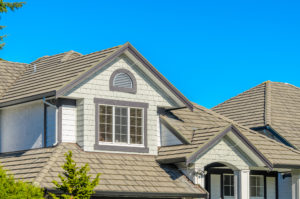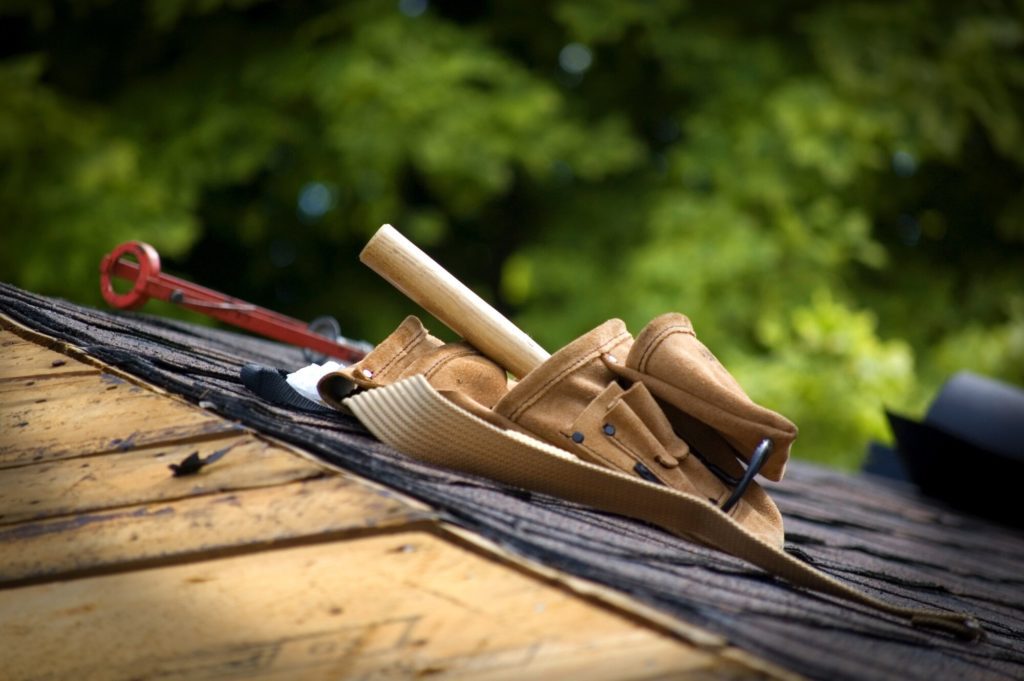

If you have a damaged roof, waiting to get it fixed can make a minor problem turn into a major inconvenience.
The winter season certainly limits what a roofing company can do to your roof, but there are still some possible repairs methods, even in cold weather.
Read on to learn more about when to repair your roof and what kinds of winter roof repairs are available in the winter.
While winter is not the ideal time to get your roof repaired, it is more than possible to do.
Winter can bring more adverse weather conditions, which decreases the roof’s safety for workers. Plus, the materials and equipment used by roofers often have temperature or other weather requirements.
Asphalt shingles tend to be more prone to breaking when the temperature is below 26 degrees Fahrenheit. Plus, thermal sealing for new shingles is best done in temperatures over 40 degrees Fahrenheit. If it is too cold, it becomes more difficult to soften the adhesive and make sure it sufficiently bonds the shingles.
Because of how difficult and unsafe it can be to do roof repair in the winter, it is recommended to hire roofers during the fall instead, if possible.
However, if you have a damaged roof, you probably don’t have time to wait for warmer weather. The longer you wait to do your roof repair, the worse the damage will be.
This is especially true of roof replacements. If a roofer recommends a full roof replacement in the winter, this means that your roof has a significant problem that cannot wait.
The most common type of winter roof repair is fixing broken or missing shingles. Shingles can be damaged by many weather conditions that tend to come with the winter months, including:
Missing or broken shingles can allow water to seep into your house when it rains or snows. This can damage the drywall, ceiling, and other areas of your house.
In colder temperatures, a caulking process is used to ensure the shingles keep moisture out and adhere to the roof in cold weather. Once the temperature warms up, the shingles will start the self-adhering process. If they were installed correctly, this process will strengthen the shingles’ bond.
Other common repairs in the winter include damaged gutters, chimneys, and vents. These can be caused by ice, the freeze-thaw cycle, or high winds, depending on the type of damage.
While winter is not the ideal time for roof repair or replacement, a broken roof cannot wait.
Damage to your roof will often get worse without prompt roof repair, but this is not an easy job in cold temperatures. If you don’t hire the right roofers for the job, it can have consequences.
Here at The Roof Guys, our contractors are highly experienced and trained. We provide top-quality and affordable roofing services, so you can have a roof you can trust without breaking the bank.
Contact us today to schedule an appointment for a free roof inspection and quote.